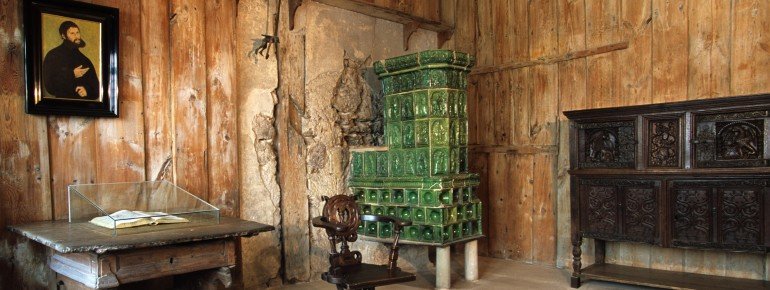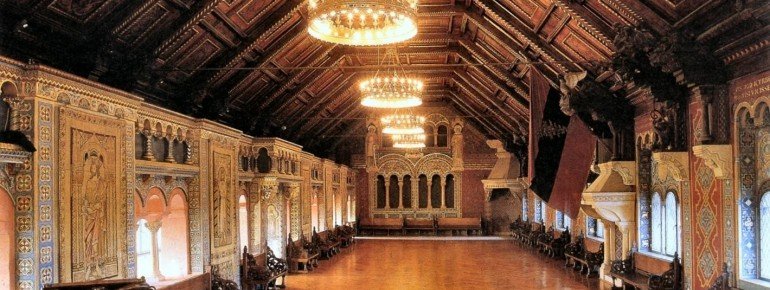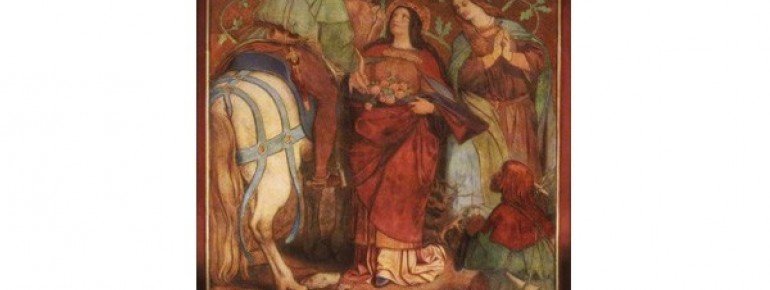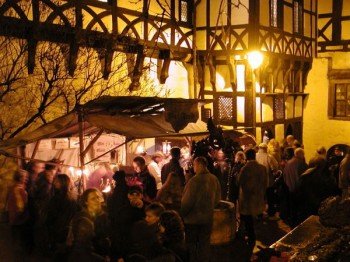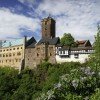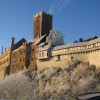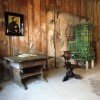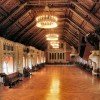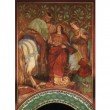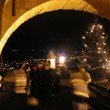Contents
Description
World Heritage Site Wartburg Castle
The Wartburg Castle is situated on a hill above the city of Eisenach. The unique building is considered the best preserved Romanesque secular building north of the Alps. It was declared a UNESCO World Heritage Site in 1999 and has been attracting tourists and history lovers to the region for over a hundred years. There is probably no other castle that is as connected with the history of Germany as the Wartburg.
Events
The Wartburg has also made a name for itselfs as one of the most important concert halls in Thuringia. Franz Liszt contributed his knowledge and skills to the design of the festival hall. The castle is also the site of many events in literature, for example Richard Wagner's "Tannhäuser".
Every year, a historic Christmas market is held here. Traditional trade artists such as candle makers and glassblowers exhibit goods and display their craft. Musicians provide entertainment. The donkey ride to the Wartburg is also traditional. Since 1900 guests, mostly children, have been able to climb the path to the castle on one of the 8-10 donkeys. The ancestors of the donkeys served as pack animals for 800 years to supply the castle with water, food and firewood from the city.
Historical Information
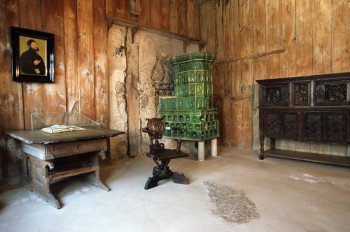
Legends around the Wartburg
Legend has it that Count Ludwig the Springer founded the castle in 1067. At the sight of the mountain he is said to have shouted: "Wait! Mount thou shalt bear me a castle!". Unfortunately, this mountain did not belong to him and he could not conquer it with his knights. He came up with a ruse: He had clay from his lands taken up the mountain, so he might swear that the castle was built on his soil. So a court granted him the construction of his castle. Around 1155 the construction of the main building, the Palas, began.
The Sängerkrieg, or Minstrels' Contest is dated to 1206. The contest of the singers at the Wartburg is only a legend, but shows that the castle was the centre of knightly court poetry. The Singers' Hall still reminds of this legend today.
Life of St. Elisabeth at the Wartburg Castle
From 1211 to 1228 St. Elisabeth lived on the Wartburg castle. The Hungarian princess was the wife of Landgrave Ludwig IV. She caused a stir at the court with her generosity and ascetic lifestyle. After her husband died on the Crusade, she dedicated herself to living in poverty and serving the poor and sick. Only four years after her death she was already canonized. The Oldenburg Church painter and mosaic artist Prof. August Oetken dedicated ten paintings to her, depicting the life and work of the secular princess Elisabeth. They can be seen in Elisabeth Kemenate.
Martin Luther's retreat
In 1521, the outlawed and banished Martin Luther hid in the bailiwick on the Wartburg Castle. In a barren room, known today as Luther's room, he is said to have translated the New Testament into German in just ten weeks. According to a legend, one night he was harassed by the devil and threw an inkwell at him. That very inkwell was supposedly on display just in the last century.
Goethe and the Wartburg Festivals
Johann Wolfgang von Goethe also visited the Wartburg frequently and left various drawings of the buildings. In 1817, the first Wartburg festival of the German Burschenschaften ("fraternities") took place here. The 500 students there fought for a national state and a liberal constitution. Further Wartburg festivals followed.
Renovation
In 1853, a comprehensive reconstruction of the castle begins. In historical style, this renovation marks the present appearance of the castle.
How to get there
By Car:
Wartburg Castle is located in the south of Eisenach and is signposted within the city. There is a parking lot near the Castle.



